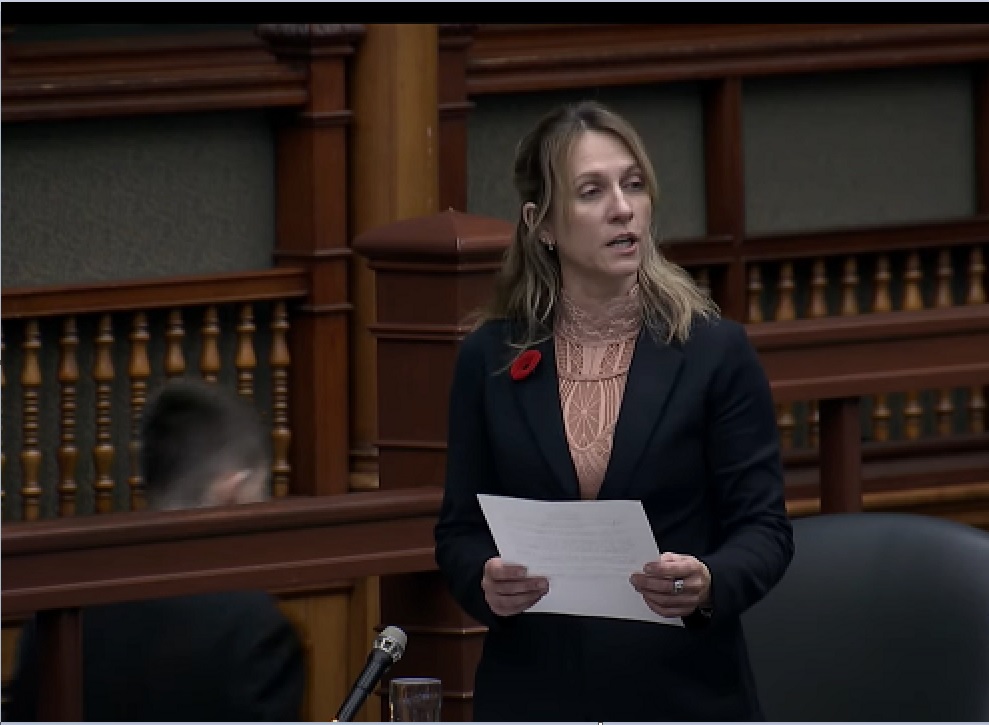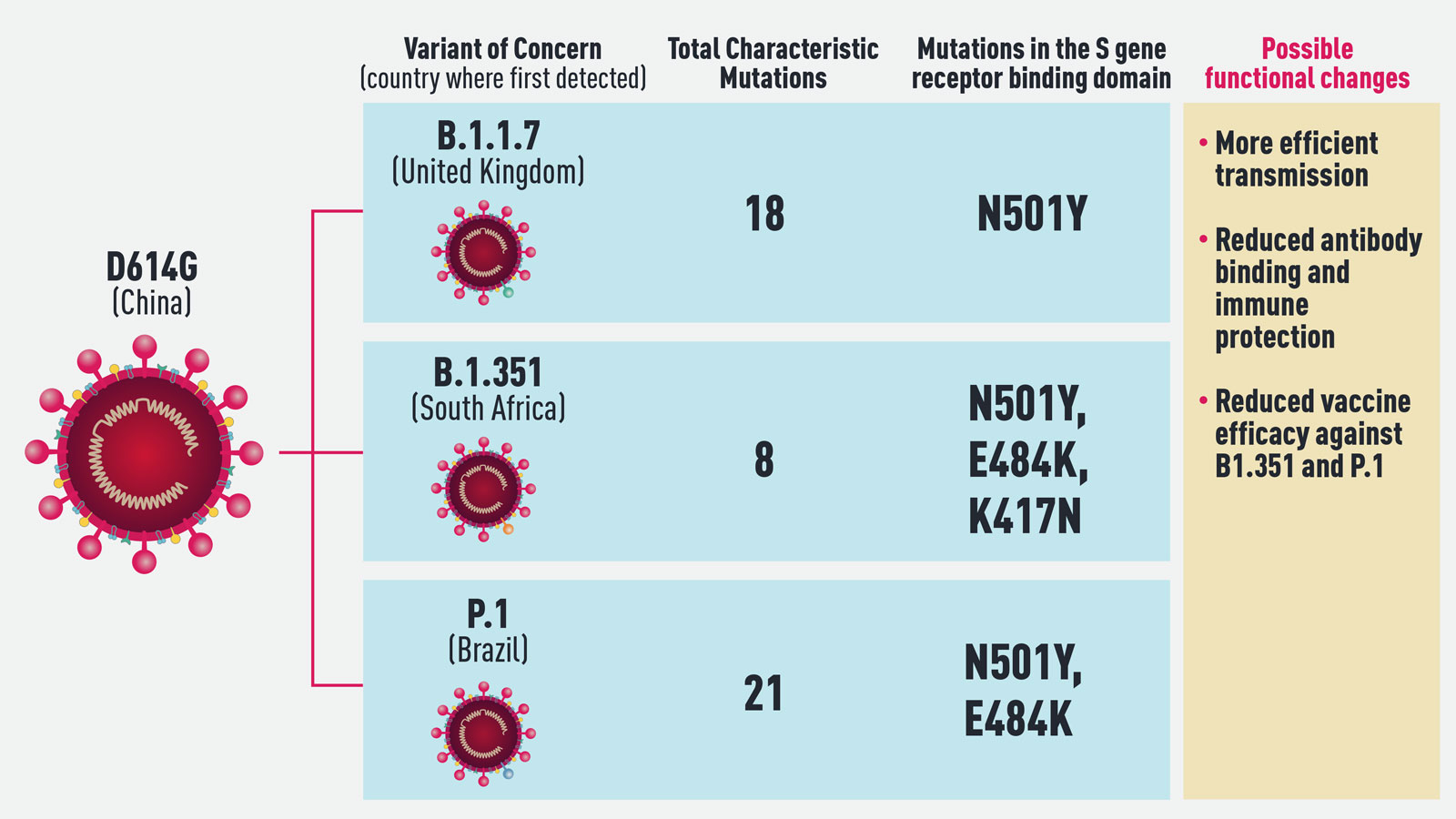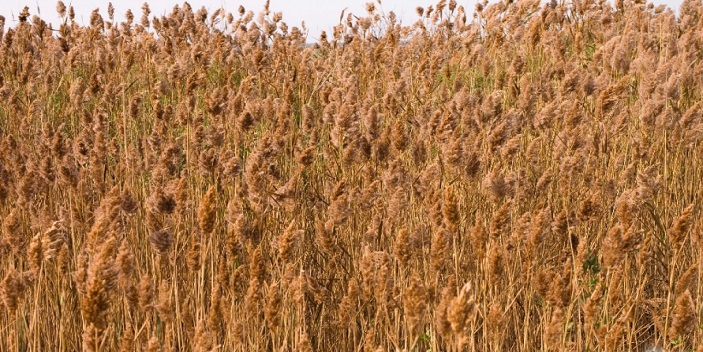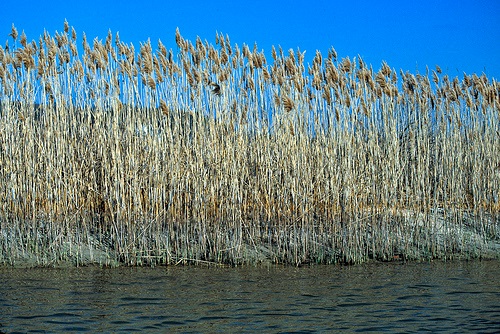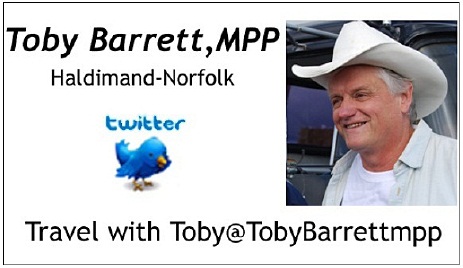Brady stands up for educational workers and students
QUEEN’S PARK – Haldimand-Norfolk MPP Bobbi Ann Brady over the past two days, stood in the House and implored the government and CUPE to tone down the rhetoric, work together through negotiations, and stop using education workers and students as political pawns.
“To this government, to CUPE, stop using some of the province’s lowest paid education workers and stop using our kids as political pawns,” MPP Brady stated in the Legislature.
The government declared Bill 28 to operate the notwithstanding clause during the dispute involving school board employees represented by the Canadian Union of Public Employees. The notwithstanding clause blocks the ability of the union employees to walk off the job and keep students from class.
As an Independent member of the Legislature, MPP Brady has the unique position of viewing legislation genuinely and providing honest feedback about how it will affect her constituents as well the rest of the province.
Through her question and statement on Tuesday and Wednesday respectively, Brady expressed her frustration with both sides of the House. She then questioned which side actually cares about education workers and students.
“I’m a bit cranky with what is happening here. Who here actually cares about our education workers? Who cares about our students?”
Brady is fearful that if the lives of students are impacted, education workers will be blamed by Ontario parents who are frustrated with kids being in and out of school the past few years.

In a line of questioning yesterday, MPP Brady encouraged the government to do treat educational workers fairly and do what is right for Ontario students.
For more information, contact MPP Bobbi Ann Brady at babrady-co@ola.org or 519-428-0446 Please mention The Silo when contacting.
